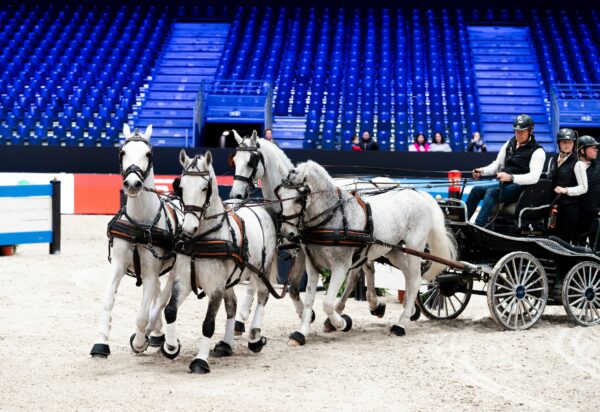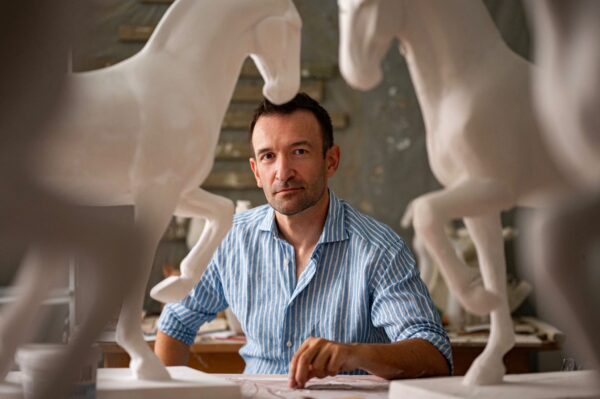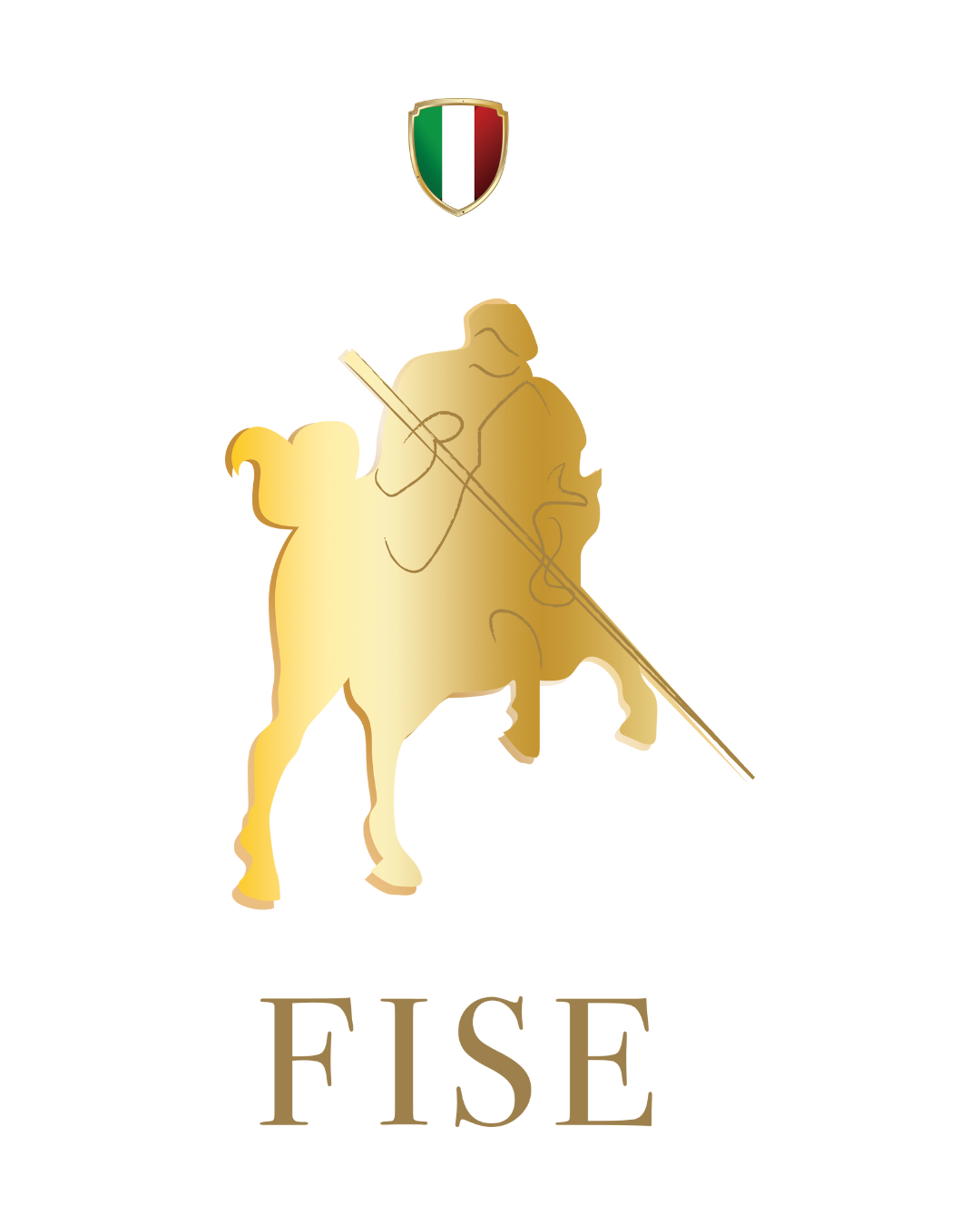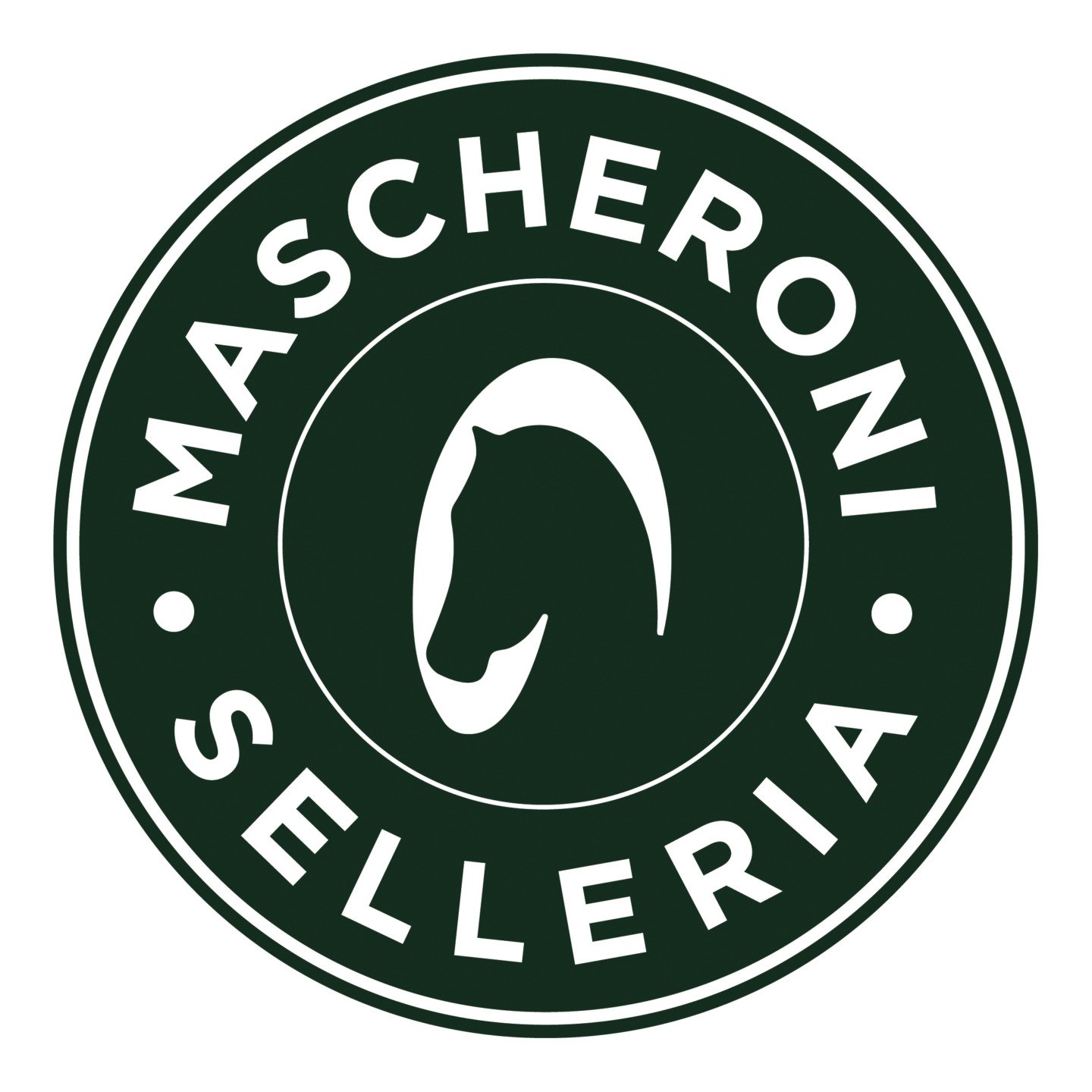
History of carriages.

The history of carriages is rich in charm
Originally created as a practical mean of transport for medieval nobility, they became a symbol of status and luxury, acquiring important cultural, and social significance. Always admired for their beauty and sophistication, carriages have witnessed the course of history, evolving along with it in terms of form, design, and functionality.
The Origin of the Carriage
The term ‘carriage’ comes from the Latin ‘currus’ or ‘carrum’ and refers to a four-wheeled vehicle drawn by one or more horses, in various forms, for the transportation of people. The origin of the carriage dates back to ancient times, as suggested by the name, derived from animal-drawn vehicles (covered or uncovered) similar to large carts, which were already used for human transport by prehistoric populations, and later by Roman civilization, and to a lesser extent during the Middle Ages.
The carriages we know today developed primarily in Europe during the late Middle Ages. The first models were rudimentary, made entirely of wood, and used for long-distance travel by noble and high-society individuals.
The first records of vehicles similar to carriages date back to the 13th century, in documents describing the iconic arrival in Naples of Beatrice of Provence, wife of Charles I of Anjou, transported on a cart adorned with a blue cloth embroidered with golden lilies; there is also mention of the entrance of Pope Gregory X to Milan in 1271, in a vehicle resembling a carriage with glass windows.
Evolution of the Carriage in Europe
In the 13th century, the first closed carriage model was created, known as the ‘carretta’, which debuted during the wedding of Galeazzo Visconti and Beatrice D’Este in Milan. From that moment, the use of the carriage spread, but only among noble families in European courts. Until the mid-15th century, the most popular model was the ‘carretta veronese’, a closed carriage with a single passenger compartment resting on the wheel axle. During the same period, the ‘cocchio’ was built in Hungary, the first carriage with suspensions, consisting of a box suspended from the axle and supported by straps and chains. This new structure provided more comfortable and safer travel, being essential for cushioning impacts on uneven terrain. Additionally, the cocchio was widely used for collective transport, becoming a public vehicle as it was equipped with benches that could carry up to eight people.
Such innovations, along with improvements in production technology and the development of more affordable models, revolutionized not only the design of carriages but also their social standing, making them accessible to the middle classes.
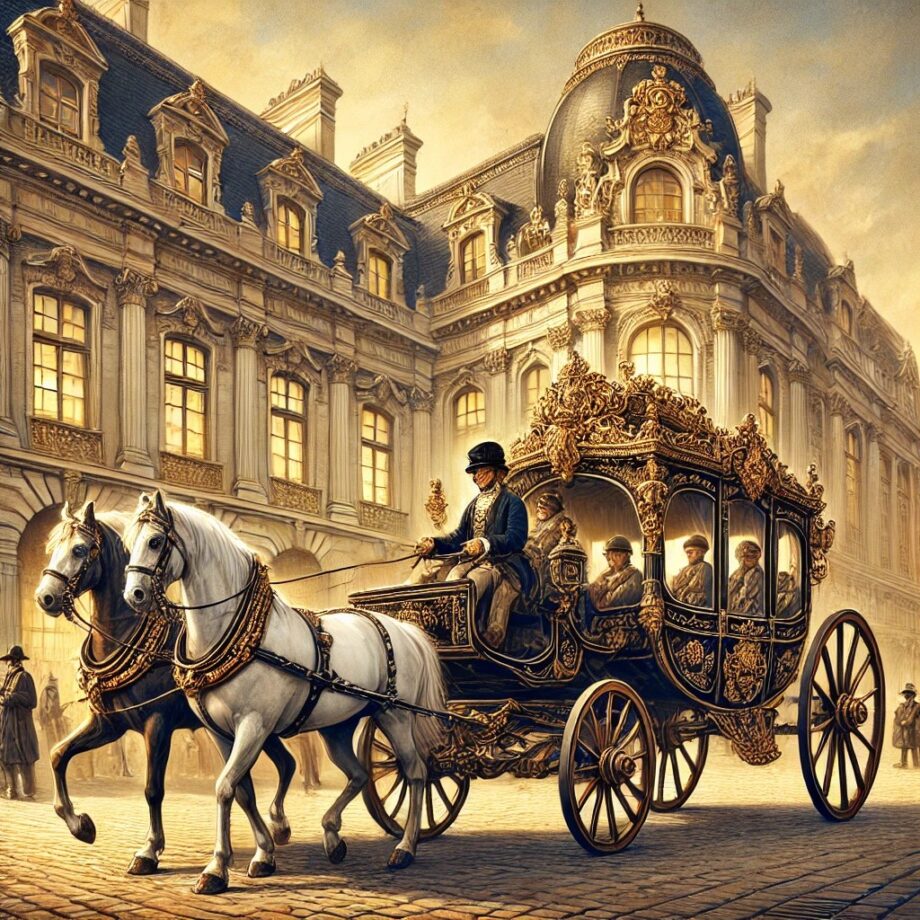
The Golden Age of Carriages
In Italy, owning a carriage became fashionable, and by the mid-16th century, the industries of Ferrara became one of the major production centers, renowned internationally.
In France, the carriage spread more slowly, gaining prominence during the reigns of Louis XI and Louis XVI with the birth of the ‘coupé’, a covered four-wheeled vehicle with two seats, drawn by a single horse. In the 17th and 18th centuries, the aesthetics of carriage models were heavily influenced by the Baroque style, and vehicles were laden with gold ornaments and sculptures. The French monarchy developed unique construction and design rules, becoming a model for all foreign courts.
At the end of the 1600s, improvements in roads allowed for the development of travel carriages, both for public and private use, and more versatile and comfortable vehicles became commonplace. In 1662, in France, the ‘omnibus’ was built, a vehicle with about ten seats drawn by one or two pairs of horses. The invention gained such popularity that by the end of the 17th century, roads were specially constructed in England for this heavy type of vehicle, with regular daily services.
By the late 1770s, English construction methods and design vision spread throughout Europe, following a more functional carriage line, devoid of luxury embellishments. The model that remained most popular among nobility, monarchs, or for occasional ceremonial purposes, was the ‘berlina’, launched by a Piedmontese architect in Berlin at the end of the 1600s.

The Decline of Carriages
With the arrival of the engine and the rise of the automobile in the 19th century, the use of carriages as a mean of transportation gradually declined. Although they were eventually replaced by motorized vehicles, horse-drawn carriages remain a symbol of luxury, and in various European cities, they are still used for tourism or during historical events. The history of the carriage tells of a wide evolution, starting as a transport means intended for medieval nobility, and becoming not only a symbol of status and prestige but also the primary vehicle for all the flourishing European cities. Not by chance, in many countries, many actors would wish each other “lots of shit” before going on stage, an expression born from the abundance of horse manure left by the carriages of spectators, directly proportional to the success of the performance.
Ludovica Locatelli
© Rights Reserved.





.png)
